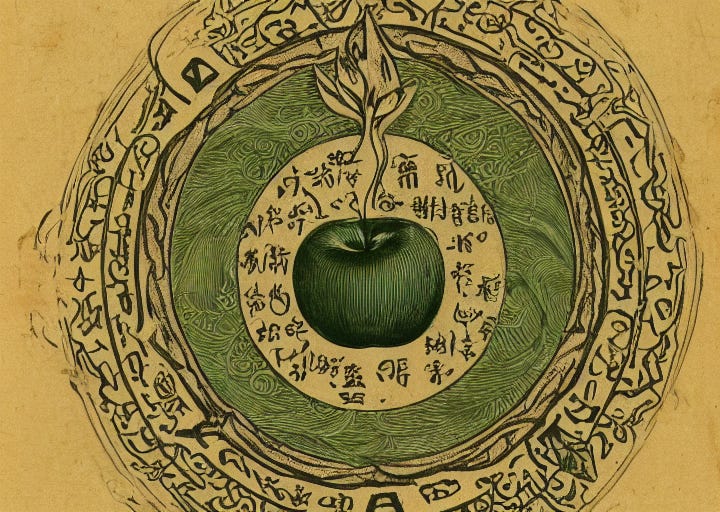Ep. 12/44 — The Mushroom Molecule: What Is Psilocybin?
- Author
- Green Gage's
- Published
- Mon 15 Sep 2025
- Episode Link
- https://thegreengage.substack.com/p/ep-1244-the-mushroom-molecule-what
This episode is designed for educational and artistic purposes only, to inform mature audiences. It explores ideas related to various substances and must not be interpreted as promoting illegal use or activities. Viewers and readers are responsible for knowing and complying with local laws. If you or someone you know is struggling with mental health, substance use, or addiction, please seek help from a qualified healthcare professional or contact a local support service.
Somewhere in the quiet shade of the forest, a mushroom pushes through soil.Inside it, a molecule waits.Psilocybin.
Across continents and centuries, humans have found this compound and given it names: food of the gods, flesh of the gods, teonanácatl. Today, science calls it psilocybin: a tryptamine, close cousin to serotonin, and one of the most studied psychedelic molecules on Earth.
But what is psilocybin, really? A chemical formula on a lab sheet? A key that opens neural doors? A sacred presence woven into ritual?
🔎 In this episode, we explore:
* The basic chemistry of psilocybin and its conversion into psilocin
* Why its structure mirrors serotonin, and what that means for the brain
* How Indigenous cultures understood and revered it long before pharmacology
* What modern science has discovered about its effects on mood, perception, and neuroplasticity
* Why a single molecule can ripple into myth, medicine, and meaning
Psilocybin is more than a drug.It is a bridge — between chemistry and culture, brain and spirit, science and story.
Get full access to thegreengage at thegreengage.substack.com/subscribe
